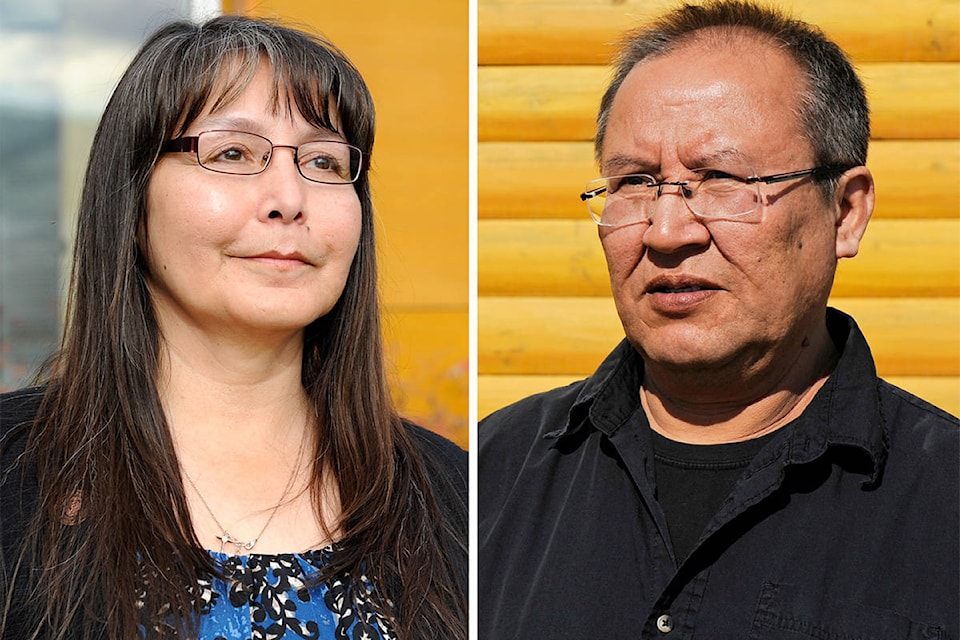Tr’ondëk Hwëch’in and Vuntut Gwitchin First Nations have announced the signing of a “historic” agreement that resolves a long-standing dispute over overlapping portions of their traditional territories in northern Yukon.
Both Yukon First Nations had claimed traditional territory in the Porcupine River watershed, Nation River, Kandik River and Peel River watershed areas. Under the new agreement, signed by Tr’ondëk Hwëch’in (TH) Chief Roberta Joseph and Vuntut Gwitchin First Nation (VGFN) Chief Bruce Charlie in Old Crow May 19, and pending the approval of the Canadian and Yukon governments, the Porcupine River watershed upstream from Old Crow will now belong exclusively to VGFN, while the rest will be TH traditional territory.
The signing of the agreement marks the end of “nearly 20 years of effort, building on the foundation of our elders, citizens, and past and present leaders in both of our respective communities,” Joseph said in a joint press release May 22.
“Our agreement defines our relationships with the land and the people — relationships that exist back to our ancestors from long ago,” she said. “We look forward to continued collaboration with Vuntut Gwitchin on many more collective initiatives.”
In the same press release, Charlie said the agreement “has been a long time in the making.”
“(The agreement) represents years of hard work, traditional knowledge sharing and a strong partnership between Vuntut Gwitchin and Tr’ondëk Hwëch’in,” Charlie said. “I am proud to be a part of the signing of this agreement and look forward to continued effective land management in the North Yukon.”
Along with establishing a contiguous boundary between TH and VGFN’s traditional territories, the signing of the agreement also means that each First Nation will have full authority of the land that now belongs to them. Previously, only certain provisions of the First Nations’ Final Agreements applied to the overlapping areas, with chapters dealing with special management areas, heritage, forest resources, fish and wildlife management and economic development measures, among other things, suspended until the overlap was resolved.
All Yukon First Nations have traditional territory claims that overlap with neighbouring First Nations. The chiefs of Carcross/Tagish First Nation, Ta’an Kwäch’än Council, Kwanlin Dün First Nation and Champagne and Aishihik First Nations signed a similar agreement settling overlapping traditional territory issues in February 2013.
Contact Jackie Hong at jackie.hong@yukon-news.com
